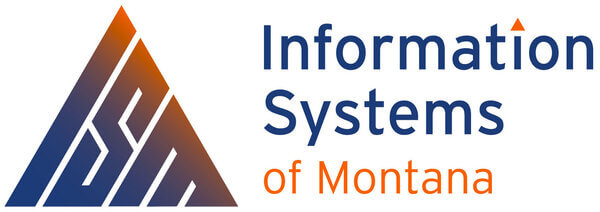As the October 2025 end-of-life deadline for Windows 10 approaches, upgrading to Windows 11 is no longer optional—it’s essential. But while hardware readiness and licensing compliance often dominate the conversation, one of the most overlooked (yet vital) components of a successful upgrade is employee training.
At ISM, we’ve helped many businesses transition to Windows 11 with zero downtime. Our experience has shown that organizations that invest in training not only avoid productivity dips but also unlock the full potential of Windows 11’s modern features and AI-powered tools like Microsoft Copilot.
Why Training Matters
Windows 11 introduces a redesigned interface, new productivity features, and enhanced security protocols. Without proper training, employees may struggle to adapt—leading to frustration, inefficiency, and increased help desk tickets.
Training empowers your workforce to:
- Navigate the new Start menu, taskbar, and Snap Layouts with ease.
- Leverage Microsoft 365 integration and Copilot AI for smarter workflows.
- Understand security best practices, including phishing protection and secure boot.
In short, training turns your upgrade from a disruption into a business advantage.
How to Build an Effective Training Program
A successful training initiative should be structured, role-based, and continuous. Here’s how to do it:
- Start with a Readiness Assessment
Use Microsoft’s PC Health Check tool to identify which devices are eligible for Windows 11. Then, segment your workforce by role and technical proficiency to tailor training accordingly.
- Offer Multi-Modal Learning
Different employees learn in different ways. Combine:
- Live Workshops: Host instructor-led sessions for hands-on learning.
- On-Demand Videos: Provide short tutorials on key features like Snap Layouts, Teams integration, and Copilot.
- Quick Reference Guides: Create printable cheat sheets for common tasks and shortcuts
- Create Role-Based Learning Paths
Executives, operations staff, and frontline workers all use technology differently. Customize training to reflect their daily workflows and tools.
- Launch AI Readiness Workshops
Windows 11 is the foundation for Microsoft Copilot. Teach employees how to use AI to summarize meetings, draft emails, and automate repetitive tasks.
- Establish Ongoing Support
Set up an internal support portal or Teams channel where employees can ask questions, report issues, and access resources. Consider assigning “Windows 11 Champions” in each department to provide peer support.
Best Practices for a Smooth Transition
- Communicate Early and Often: Let employees know what’s changing, when, and why.
- Pilot First: Test training with a small group and refine based on feedback.
- Track Progress: Use quizzes or surveys to measure knowledge retention.
- Celebrate Success: Recognize teams or individuals who complete training or help others.
Complimentary ISM Services to Support Your Upgrade
We are here to help you with your Windows 10 upgrade ensuring a smooth transition to Windows 11 for you and your staff.
- Microsoft Licensing & Workstation Audit
Identify which machines are ready for Windows 11 and which need upgrades or replacements. - Enter to Win a Lenovo Laptop
Join our upgrade campaign and you’ll be entered to win a brand-new Lenovo device—optimized for Windows 11.
Training isn’t just a checkbox—it’s a strategic investment in your people and your productivity. With the right approach, your Windows 11 upgrade can be seamless, empowering, and even exciting.


